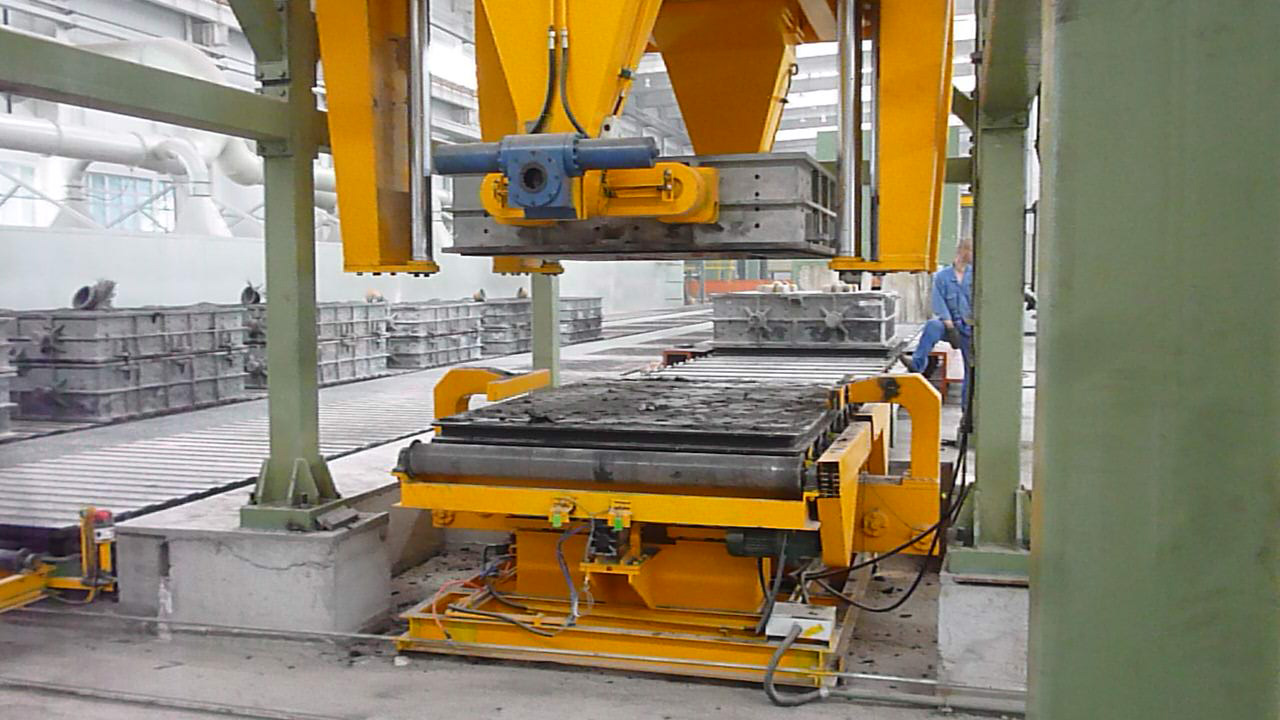- Afrikaans
- Albanian
- Amharic
- Arabic
- Armenian
- Azerbaijani
- Basque
- Belarusian
- Bengali
- Bosnian
- Bulgarian
- Catalan
- Cebuano
- China
- China (Taiwan)
- Corsican
- Croatian
- Czech
- Danish
- Dutch
- English
- Esperanto
- Estonian
- Finnish
- French
- Frisian
- Galician
- Georgian
- German
- Greek
- Gujarati
- Haitian Creole
- hausa
- hawaiian
- Hebrew
- Hindi
- Miao
- Hungarian
- Icelandic
- igbo
- Indonesian
- irish
- Italian
- Japanese
- Javanese
- Kannada
- kazakh
- Khmer
- Rwandese
- Korean
- Kurdish
- Kyrgyz
- Lao
- Latin
- Latvian
- Lithuanian
- Luxembourgish
- Macedonian
- Malgashi
- Malay
- Malayalam
- Maltese
- Maori
- Marathi
- Mongolian
- Myanmar
- Nepali
- Norwegian
- Norwegian
- Occitan
- Pashto
- Persian
- Polish
- Portuguese
- Punjabi
- Romanian
- Russian
- Samoan
- Scottish Gaelic
- Serbian
- Sesotho
- Shona
- Sindhi
- Sinhala
- Slovak
- Slovenian
- Somali
- Spanish
- Sundanese
- Swahili
- Swedish
- Tagalog
- Tajik
- Tamil
- Tatar
- Telugu
- Thai
- Turkish
- Turkmen
- Ukrainian
- Urdu
- Uighur
- Uzbek
- Vietnamese
- Welsh
- Bantu
- Yiddish
- Yoruba
- Zulu
Aug . 15, 2024 18:38 Back to list
Innovative OEM Water Glass Casting Techniques for Enhanced Durability and Precision in Manufacturing
The Evolution of OEM Water Glass Casting
In the realm of manufacturing and industrial processes, OEM (Original Equipment Manufacturer) water glass casting has emerged as a revolutionary technique, providing unmatched precision and efficiency in the production of complex components. This method involves the use of water glass, or sodium silicate, as a binder for molds, making it a popular choice in various industries including automotive, aerospace, and foundry applications.
Understanding Water Glass Casting
Water glass casting leverages the unique properties of sodium silicate, which is a soluble glass produced by the reaction of silica and sodium carbonate. When mixed with sand, water glass forms a strong binding agent that holds the sand particles together, creating a mold that can withstand high temperatures and pressure during the casting process.
This technique offers several advantages over traditional sand casting, particularly in terms of precision. The resulting molds are capable of capturing intricate details, allowing manufacturers to produce components with minimal post-processing requirements. Moreover, the use of water glass ensures a faster setting time, enabling quicker turnaround times in production.
Benefits of OEM Water Glass Casting
One of the primary benefits of OEM water glass casting is its ability to produce high-quality parts with excellent surface finishes. This is a critical factor for industries such as aerospace, where components must adhere to stringent safety and performance standards. The smooth surfaces achieved through water glass casting reduce the need for additional machining, which can significantly lower production costs and lead times.
oem water glass casting

Additionally, water glass molds exhibit exceptional dimensional stability. This is vital in applications where precision is non-negotiable, as even minor deviations can lead to significant operational failures. OEM manufacturers can produce parts that meet tight tolerances consistently, instilling confidence in both the supplier and the end-user.
Environmental Considerations
Another aspect contributing to the growing popularity of OEM water glass casting is its environmentally friendly profile. Unlike traditional casting methods that may involve harmful adhesives or binders, water glass is a non-toxic material and contributes to reduced emissions during the casting process. This aligns with the increasing regulatory pressures and consumer demand for sustainable practices. Moreover, water glass molds can be reused multiple times, further reducing waste and resource consumption.
Applications Across Industries
OEM water glass casting has found applications across various sectors. In the automotive industry, it is employed to create complex engine components that require high durability and precision. The aerospace industry utilizes it for manufacturing critical parts where performance and safety are paramount. Additionally, the energy sector employs water glass casting for turbine components and other high-performance applications.
Conclusion
In conclusion, OEM water glass casting stands at the forefront of modern manufacturing techniques, offering a blend of precision, efficiency, and environmental responsibility. As industries continue to evolve and face new challenges, the adoption of innovative casting methods such as water glass casting will play a crucial role in meeting the demands for high-quality components. The capabilities of this technique not only enhance production processes but also ensure that manufacturers can deliver products that meet the highest standards of safety and performance in an increasingly competitive market. As technology advances, we can expect water glass casting to become an even more integral part of manufacturing, shaping the future of component production across various industries.
-
Premium Cast Iron Water Main Pipe: Durable, Corrosion-Resistant
NewsAug.03,2025
-
Durable Cast Iron Water Mains | AI-Optimized Systems
NewsAug.02,2025
-
High-Efficiency Propane Boiler for Baseboard Heat | Save Energy
NewsAug.01,2025
-
Premium Source Suppliers for Various Gray Iron Castings
NewsJul.31,2025
-
Durable Cast Iron Water Main Pipes | Long-Lasting
NewsJul.31,2025
-
High-Quality Cast Iron Water Main Pipe for Durable Infrastructure
NewsJul.30,2025


